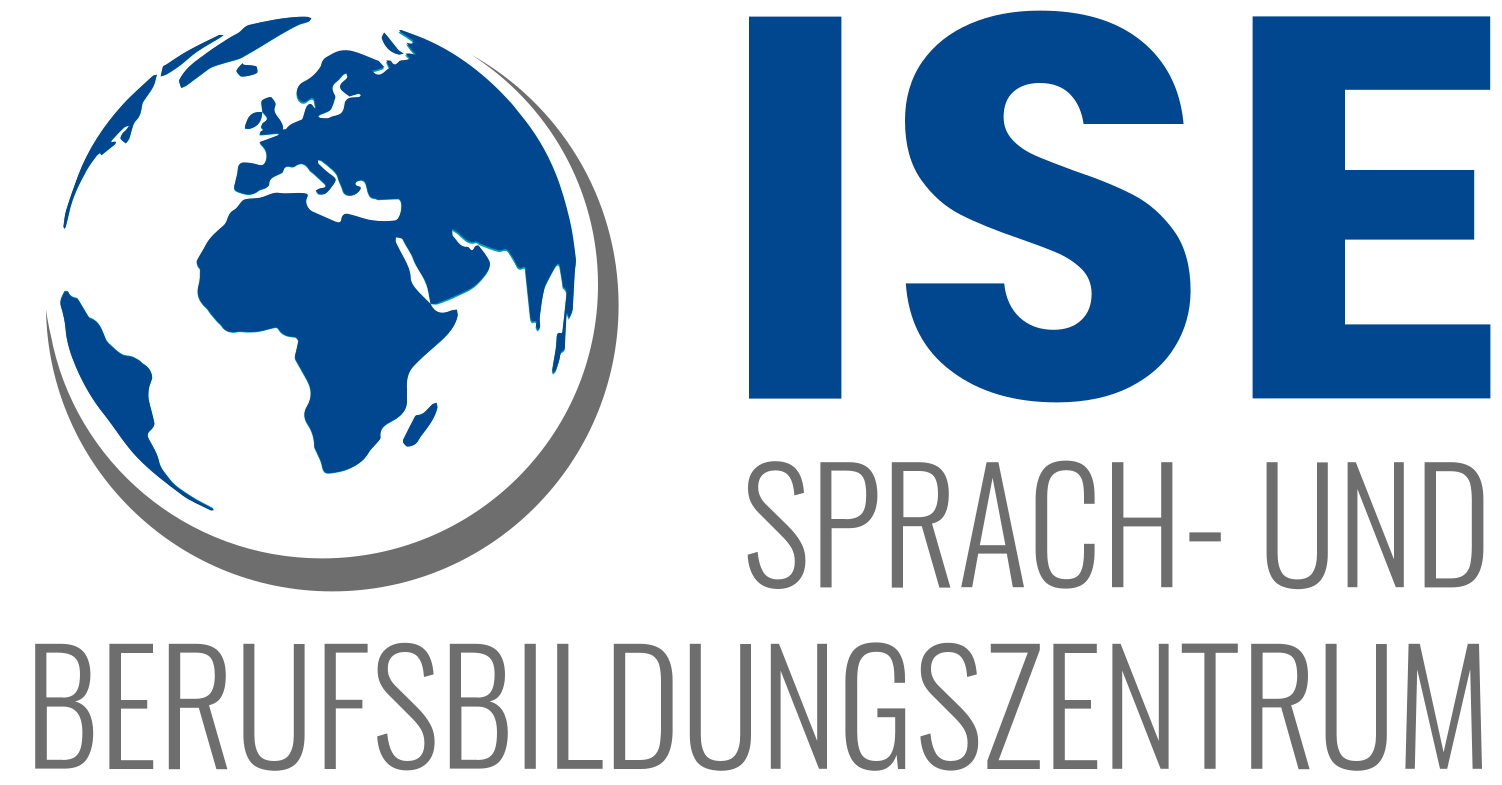 The district of Amberg-Sulzbach and the city of Amberg are campaigning for migration in an inter-municipal alliance
The district of Amberg-Sulzbach and the city of Amberg are campaigning for migration in an inter-municipal alliance
The Amberg-Sulzbach district and the city of Amberg would like to carry out more efficient integration work for people with an integration background - even more than before. For this purpose, the intermunicipal alliance for migration was founded in the district office in 2001. The Amberg-Sulzbach district and the city of Amberg would like to coordinate the integration work they are already doing more closely, use common synergies and network their activities more closely with one another. All forces can now be bundled towards one goal. The Amberg-Sulzbach district had already operated a network for integration work for years. The city of Amberg also founded an alliance for integration in 2009.
It soon became clear that there were many activities carried out by both institutions. In order to work together more effectively than before on this common intersection of integration activities, the district council and the city council also approved the intermunicipal alliance in the summer of 2012. District Administrator Richard Reisinger and Amberg Mayor Wolfgang Dandorfer also emphasized the economic interest of integration work in the invitation to the founding meeting. We would like to make greater use of the potential and talents of all citizens. The shortage of skilled workers in open workplaces could therefore be reduced by people who are currently less well integrated.
As stated in the founding protocol, the interest group networked for the benefit of migrants pursues the following mission: “The intermunicipal alliance makes an effective, sustainable and lasting contribution to local integration by promoting opportunities for equal economic, political, social and cultural participation for people with a migrant background.”
The alliance's actors include associations, clubs, authorities, offices, networks, schools, churches and religious communities, but also people with a migrant background themselves who can contribute their own experiences to the work.
The ISE Language and Vocational Training Center – represented by the proven and experienced integration course leader Gabriele Stucke – also participates in the Education and Language working group. The educational participation of people with an integration background is promoted here by designing educational offers specifically for this group of people. Through networking, education providers become more aware of the concerns of people with a migration background and can develop common goals to overcome hurdles in education and society.
Further working groups form the areas of youth, culture, health and the labor market.
The joint efforts on behalf of people with a migrant background will certainly soon bear fruit in the future.
Other actors are also welcome in the new inter-communal alliance for migration.
Richard Kirschner
ISE Webmaster

